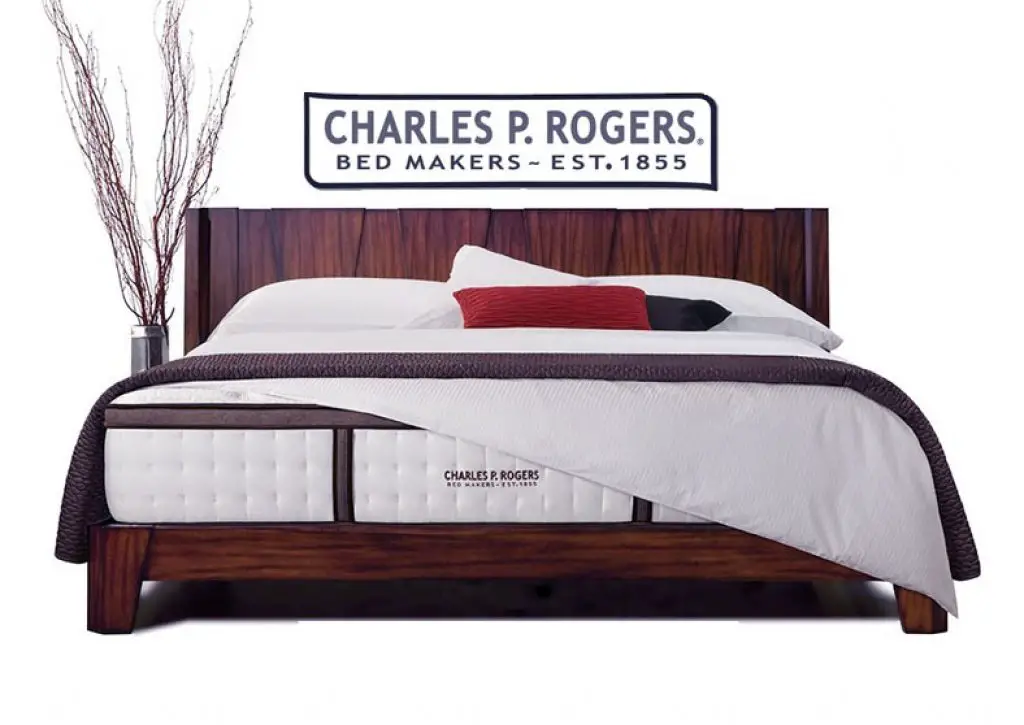The overall design of a slaughterhouse should be based on the size of the facility and the type of meat being processed. Careful consideration should be made regarding the placement of equipment so that operational areas are logically separated. Slaughterhouse plans should document all dimensions of the facility, indicating standard features such as animal housing, slaughtering areas, chillers, blast freezing, cold storage, cleaning rooms, and others. When designing for a large facility, the strategic location of each activity and the personnel traffic type should be planned to minimize cross contamination and result in the most efficient kind of work flow. To plan out a large-scale slaughterhouse, one should also take into consideration ventilation, safety, noise, and sufficient pathways for waste removal. Slaughterhouse Design & Documentation
The layout of a slaughterhouse typically follows a standard design previously established in the meat industry. It typically consists of five major processing areas namely: stunning and cutting, evisceration, bleeding, processing, and inspection. Proper layout planning should also consider additional aspects such as pre-slaughter activities like animal housing and feed preparation. When designing a slaughterhouse plant, it is essential to consider the safety of personnel who will be performing tasks inside the facility. The design should also make sure to minimize the presence of animal odors, allergens, and potential contamination within the slaughterhouse environment. Slaughterhouse Layout & Planning
Today’s modern slaughterhouses are designed to make the slaughtering process more efficient. They incorporate the use of state-of-the-art equipment and automated conveyor systems in their design. To ensure proper sanitation and operations, the facility should also be designed with proper drainage, adequate lighting, and other features to facilitate smooth operations. Modern slaughterhouses are also designed with a focus on animal welfare. For instance, it should include sufficient ventilation and air filtration to minimize the spread of odors and contaminants throughout the facility. It should also have proper measures in place to reduce the stress of the animals throughout the slaughtering process. Modern Slaughterhouse Design
Small slaughterhouses are typically designed to cater to smaller-scale operations such as poultry processing, rabbit processing, fish processing, and lamb processing. This type of slaughterhouses should have a small-scale layout that takes up the least amount of space and includes the most necessary equipment and personnel. To make sure that the design is efficient, it should also be designed with separate entries for animals and personnel, to minimize the risk of cross-contamination. The flooring and walls should be made out of highly durable materials that can easily be cleaned and need minimal maintenance. Small Slaughterhouse Design
The Environmental Protection Agency (EPA) has implemented several guidelines for slaughterhouse designs. These guidelines will ensure that all slaughterhouses operate under the cleanest and most sanitary conditions. The guidelines should include proper animal housing and sanitation practices, constructing bleed rails and restraining devices, designing chillers that are highly efficient, installing proper ventilation and air filtration equipment, and others. Adhering to the EPA guidelines will help reduce the presence of potential pollutants, pathogens, and allergens within the slaughterhouse environment. Additionally, it will also minimize water waste and ensure that the discharged water does not endanger the public or environment. EPA Slaughterhouse Design Guidelines
It is important for a slaughterhouse to be constructed in accordance with best industry practices. This means that all decisions should be made with focus on plant health, sanitation, overall safety, and other criteria such as energy efficiency. For instance, when constructing a slaughterhouse, you must take into consideration the environment in which it will be operated. This includes constructing areas to keep the building free of dirt, moisture and cool air. Proper sanitation solutions such as cleaning and sanitizing solutions should also be implemented into the slaughterhouse design. Slaughterhouse Construction Best Practices
An effective plan of action should be designed for a slaughterhouse to ensure it operates as efficiently as possible. This plan should include a design layout of the facility, operational guidelines, safety and health parameters, and inspection guidelines. It should also include a detailed checklist of all the equipment, personnel, and resources needed to properly and safely operate the facility. The plan should also include engineering and planning considerations such as ventilation, proper effluent disposal, fire safety, and others. It should also include a schedule for regular cleaning and sanitation of all areas within the facility. Slaughterhouse Plan & Operational Guidelines
Animal welfare is essential in any meat processing plant and slaughterhouse operations. To ensure the well-being of the animals, the design and operational procedures should consider the animal’s needs and behavior. This means that all equipment should be designed with proper handling practices in mind and personnel should be provided with adequate training. The facility should also be designed to minimize any stress inflicted on the animals throughout the slaughtering process. It should also minimize contaminant exposure, such as odors, allergens, and pathogens. Animal Welfare in Meat Processing Plants & Slaughterhouses
When designing a slaughterhouse, it is important to consider the pertinent regulations that apply to the facility’s design and operational procedures. Regulations typically include guidelines for sanitation, food safety, animal welfare, and other considerations. For instance, the United States Department of Agriculture (USDA) has specific guidelines for designing a slaughterhouse, which includes specified construction, operations, and safety requirements for meat processing facilities. Additionally, there are also employee safety guidelines that should be taken into consideration when designing or planning out a slaughterhouse. Regulatory Requirements for Slaughterhouse Design
Today, more and more companies are turning to custom slaughterhouse designs to meet their specific needs. Custom designs take into consideration all the operational requirements and design principles of a slaughterhouse. Taking into account the size, type of meat, and other factors, the perfect custom design can be created that will ensure a safe and efficient operation. Custom slaughterhouse designs can also be used for existing slaughterhouse facilities as a way of modernizing and improving the facility’s operations. With the help of professional teams and high-end equipment, custom slaughterhouse designs can provide the ideal solution for any facility. Custom Slaughterhouse Designs and House Designs
How the Slaughter House Plan Influences the Design Process
 A slaughter house plan is an essential component of any house design. It is the blueprint of the space that will be used in slaughtering and butchering animals for meat products. By understanding the design scheme of a slaughter house, it will help to create a hygienic, efficient, and safe environment for the staff and for the animals. In this way, a slaughter house plan will ensure that all the processes that take place will meet the safety and compliance regulations of the governing authorities.
A slaughter house plan is an essential component of any house design. It is the blueprint of the space that will be used in slaughtering and butchering animals for meat products. By understanding the design scheme of a slaughter house, it will help to create a hygienic, efficient, and safe environment for the staff and for the animals. In this way, a slaughter house plan will ensure that all the processes that take place will meet the safety and compliance regulations of the governing authorities.
The Key Elements of a Slaughter House Plan
 The key elements of a
slaughter house plan
includes: the layout, animal housing areas, adequate drainage systems, hygiene, food safety, training and certification of the staff, and the disposal of waste and by-products. All these elements need to be considered before the building construction is started, so that it meets the safety requirements and standards. Additionally, attention must be given to all the processes that are adopted inside the slaughter house.
The key elements of a
slaughter house plan
includes: the layout, animal housing areas, adequate drainage systems, hygiene, food safety, training and certification of the staff, and the disposal of waste and by-products. All these elements need to be considered before the building construction is started, so that it meets the safety requirements and standards. Additionally, attention must be given to all the processes that are adopted inside the slaughter house.
How Building Design and Layout Ideals Are Integral to the Overall Plan
 The building layout is an essential part of a slaughter house plan, as this defines the overall layout of the space. It is important to have a layout that consists of multiple sections—such as the cold storage and scalding areas—as this allows the workers to move around freely and reduces the chances of overcrowding. It should also consider the presence of windows and additional lighting, as this helps to create an inviting and efficient workspace.
When designing the layout and building plan for a slaughter house, it is also important to think about automation. This helps to reduce the workload of the staff, as some of the processes (like the scalding of animals) can be done automatically. The size of the slaughter house will also determine the number of staff members required to operate the machinery.
A slaughter house plan is an essential component that needs to be implemented during the design phase. This will help to ensure that the design scheme is compliant with all safety regulations and provides a comfortable workspace for the staff.
The building layout is an essential part of a slaughter house plan, as this defines the overall layout of the space. It is important to have a layout that consists of multiple sections—such as the cold storage and scalding areas—as this allows the workers to move around freely and reduces the chances of overcrowding. It should also consider the presence of windows and additional lighting, as this helps to create an inviting and efficient workspace.
When designing the layout and building plan for a slaughter house, it is also important to think about automation. This helps to reduce the workload of the staff, as some of the processes (like the scalding of animals) can be done automatically. The size of the slaughter house will also determine the number of staff members required to operate the machinery.
A slaughter house plan is an essential component that needs to be implemented during the design phase. This will help to ensure that the design scheme is compliant with all safety regulations and provides a comfortable workspace for the staff.



























































































:max_bytes(150000):strip_icc()/sink-pipe-under-wash-basin-119001607-6f28aec4c66944efb7a9a38cb622ab8b.jpg)



